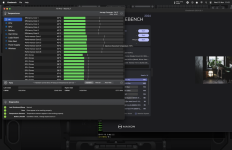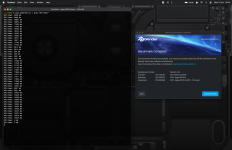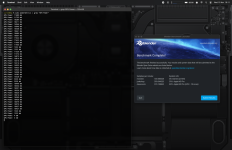Thanks for diving deep on the GPU changes all! It's been interesting reading over the last few days.
Haven't had as much time as I'd like to run tests on the M3 Pro. That said, I'm loving this machine already. M3 Pro is the dream SoC for a systems engineer/DevOps type like me. It's the perfect balance of performance and efficiency - the 100Wh battery lasts LONG time with M3 Pro (I swapped from 14" to 16" last minute!)
I ran the new Blender 4.0 benchmark out of curiosity
Blender Open Data is a platform to collect, display and query the results of hardware and software performance tests - provided by the public.

opendata.blender.org
Blender Open Data is a platform to collect, display and query the results of hardware and software performance tests - provided by the public.

opendata.blender.org
If you want any tests running let me know!
I'll try the max fan Cinebench ST/MT run at some point. I haven't found a way to override fan shutdown yet. TG Pro can only control fan speed when they're running, it can't force them to run all the time. This thing is so efficient single thread load never triggers the fans

opendata.blender.org
opendata.blender.org




